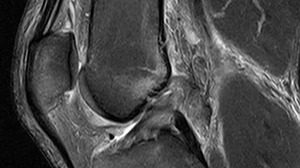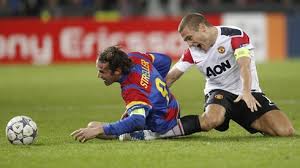ACL RUPTURE
Ligaments are soft tissue structures that link two bones together at a joint. They strengthen the joint and limit its movement in certain directions.
The anterior cruciate ligament (ACL) is a ligament that runs diagonally through the inside of the knee. It connects the underside of the femur (thigh bone) to the top of the tibia (shin bone). The ACL prevents the tibia from moving in front of the femur and gives the knee joint stability; it also helps control the backwards and forwards movement of the knee.
Rupture of the ACL commonly occurs in contact sports, such as football, rugby and hockey, and also in skiing. Often, a large twisting force has been applied to the knee before the ligament ruptures, and a snap or pop is heard at the time of rupture. The knee then becomes painful and swollen.
Since the anterior cruciate ligament controls knee stability, after the knee pain has settled, which may take a number of weeks, the knee is unstable.
Immediately after the rupture, you are advised to rest, ice, compress and elevate (‘RICE’) the joint. MRI scans are performed to confirm the diagnosis and to see if other damage to the knee joint has occurred.
Every year in Britain, there are around 30 ACL injuries for every 100,000 people. If the ACL is torn, surgery is commonly needed to reconstruct the damaged ligament.


